New 3D model will help guide exploration for rare earth element deposits in alkaline igneous systems
A team of scientists and institutions across Europe have developed a new 3D geological model designed to guide exploration for rare earth elements.
30/06/2022 By BGS Press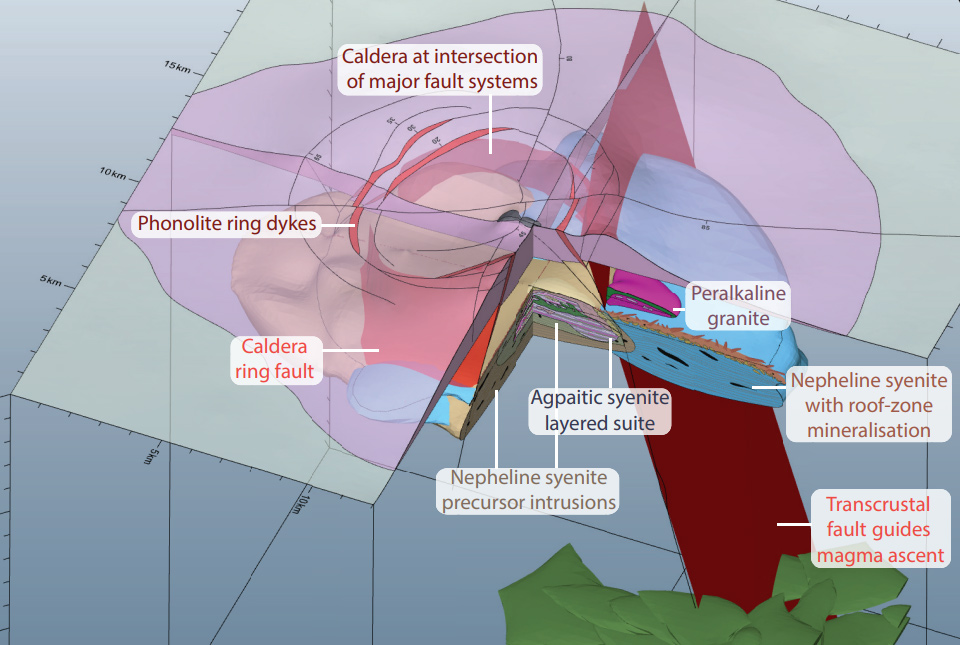
Scientists from BGS and the University of Exeter, alongside a team of institutions across Europe, have developed a new 3D geological model designed to guide exploration for rare earth elements (REE), which are critical for development of renewable energy and transport. The model targets alkaline igneous systems, which host many of the world’s REE deposits.
The development of decarbonised renewable energy and transport infrastructure will require a new balance of minerals, including greater quantities of metals. Increasing demand cannot be met by recycling.
Critical minerals are those with high risk to supply, for example specialist materials produced in only a handful of countries. This includes the rare earth elements, or REE, which is the name given to 17 chemically similar, metallic elements that occur in a wide range of minerals and are mined collectively.
REE are essential raw materials for a wide range of applications, including permanent magnets, metal alloys, ceramics and glass, rechargeable batteries and fibre-optics, amongst others. They are therefore vital for technologies that will support the world’s transition to renewable energy, ranging from wind turbines to electric vehicles, communications networks and more.
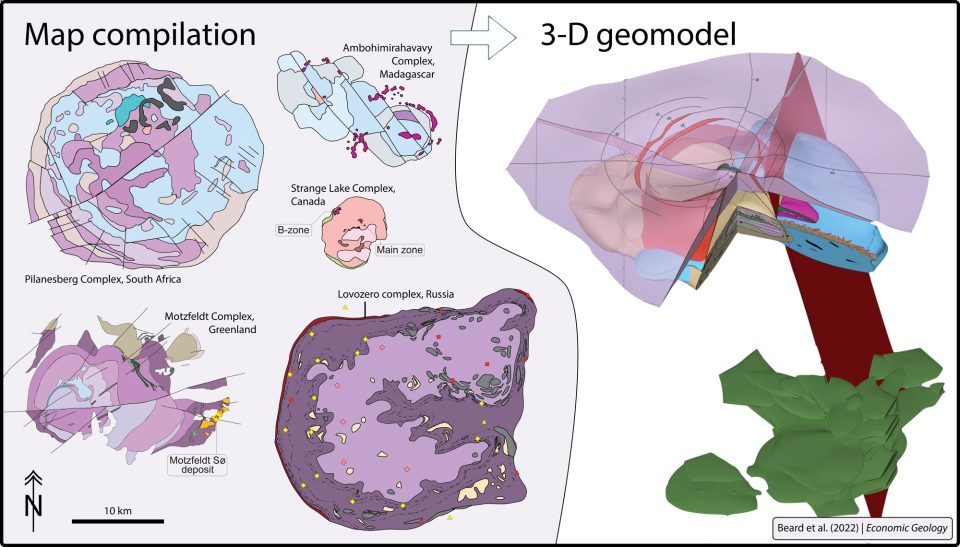
A compilation of maps and geophysical observations was used to construct a 3-D model for alkaline-silicate systems at the district scale (25 km cube). The 3-D model shows the typical location of various critical metal deposits relative to other related rock types and is intended streamline exploration for large and high-grade metal deposits that could be mined to support the green energy transition. Source: Beard et al. (2022) | Economic Geology
Despite this, exploration models for REE are comparatively less well developed than those for major and precious metals such as iron, copper and gold, where most of the mineral exploration industry continues to focus. To address this, a multidisciplinary team of scientists led by economic geologists at BGS have, for the first time, developed a 3D geological model that will help to guide exploration for the REE using both geophysical and geochemical approaches.
Groups of alkaline igneous rocks with a common geological history (alkaline igneous systems) occur at many localities around the world and are common hosts of REE deposits. The new model, which is based on a compilation of maps, geophysical and geochemical data, and petrological observations from alkaline igneous systems worldwide, was published in Economic Geology. It was developed as part of HiTech AlkCarb, a European Union Horizon 2020 project led by the University of Exeter, with 40 participants spread across geological surveys, companies and universities throughout Europe.
Decarbonisation of energy and transport is driving increased demand for many metals, including critical raw materials, such as the rare earth elements.
Because historical demand for the REEs has been low, their supply chains are dominated by a handful of countries who invested early. Our understanding of the geology of REE deposits was largely based on detailed studies of individual occurrences, with a host of complex local nomenclature — a barrier to exploration, relative to more mature commodities such as copper or gold.
The aim of this work was to generate a multiscale REE exploration guidebook for alkaline-silicate systems, allowing geologists to more efficiently locate prospective regions and REE deposits. This was done by synthesising diverse observations from maps, geophysical models and geochemical indicators to generate a workflow for explorers that is applicable from continental to deposit scale. The publication includes a schematic 3D model for alkaline-silicate systems showing the position of various types of critical mineral deposits.
Dr Charles Beard, University of Cambridge research associate and lead author of the work.
Global demand for critical minerals has experienced unprecedented growth in the 21st century. The majority of the world’s resources of some of these elements, particularly the REE, are found in alkaline igneous systems.
Although REE deposits are present all over the world, mines are mainly limited to China, upon which the EU still primarily depends for imports.
The aim of our work was to produce a model that could guide exploration of alkaline igneous rocks and, importantly, develop our understanding of the 3D structures of these deposits. This is the first time a model has been visualised in this way.
We also recommended geophysical and geochemical approaches for exploration targeting, as well as mineral processing and environmental factors pertinent to the development of mineral resources hosted by alkaline igneous systems.
Dr Kathryn Goodenough, BGS Principal Geologist and co-author of the work.
I am delighted to see this paper published. Charlie has done a great job of harnessing all the expertise in our large European research project for this seminal paper. I am sure it will be the ‘go to’ reference for economic geologists exploring for REE in alkaline rocks as well as for future researchers. We made the 3D model so that geologists new to alkaline rocks can quickly learn the key points to guide the search for REE. The main body of the paper contains a comprehensive, in depth review and discussion of the science.
Prof Frances Wall, professor of applied mineralogy at Camborne School of Mines, University of Exeter, coordinator of the HiTech AlkCarb project and co-author of the work.
Project partners
The project was a collaboration between 40 scientists from universities, companies and geological surveys across Europe.
Funding
This research has received funding from the European Union’s Horizon 2020 research and innovation programme under Grant No. 689909.
Relative topics
Related news
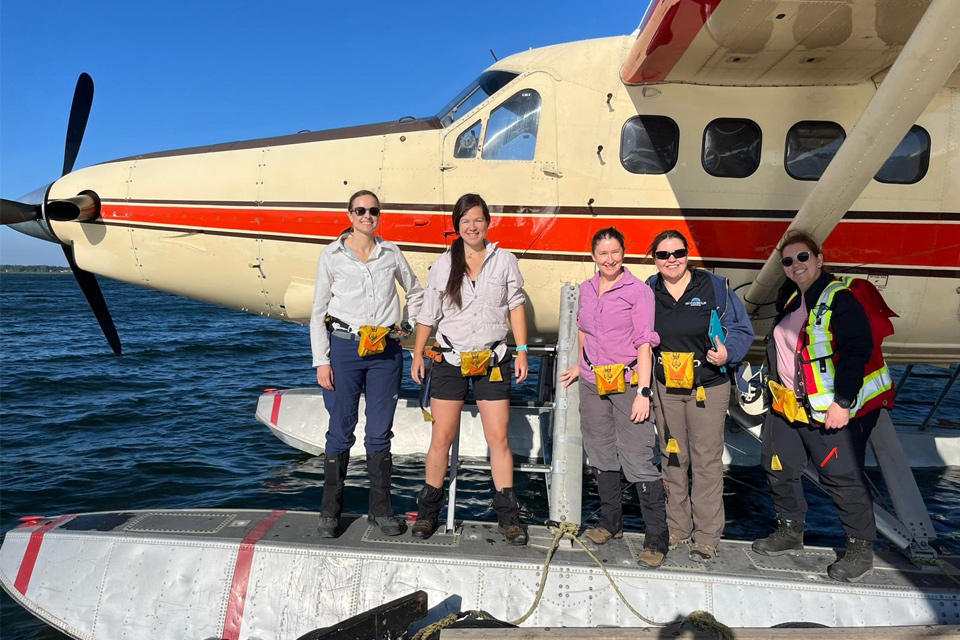
Funding awarded to UK/Canadian critical mineral research projects
08/07/2025
BGS is part of a groundbreaking science partnership aiming to improve critical minerals mining and supply chains.
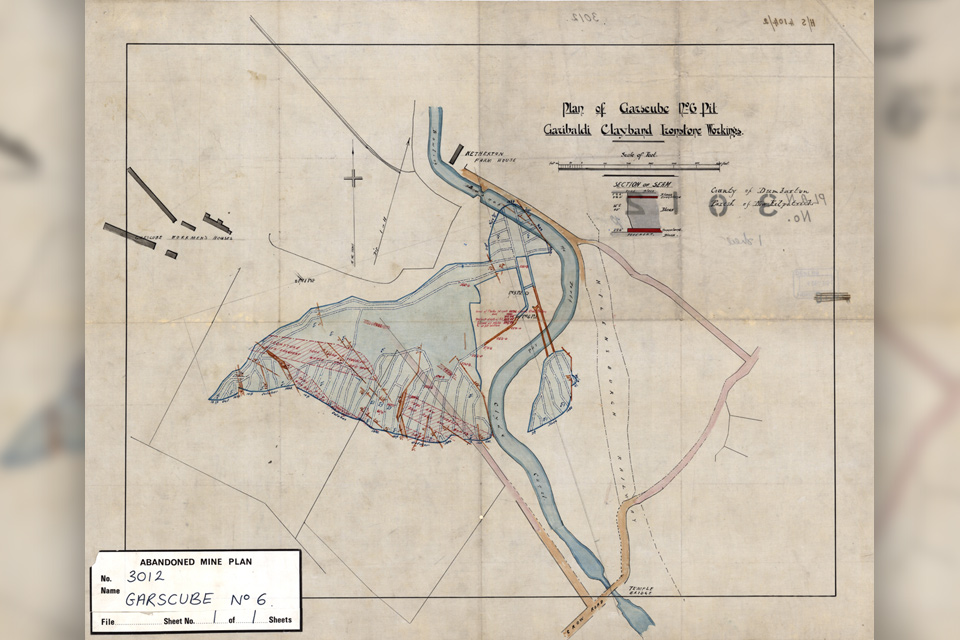
Release of over 500 Scottish abandoned-mine plans
24/06/2025
The historical plans cover non-coal mines that were abandoned pre-1980 and are available through BGS’s plans viewer.
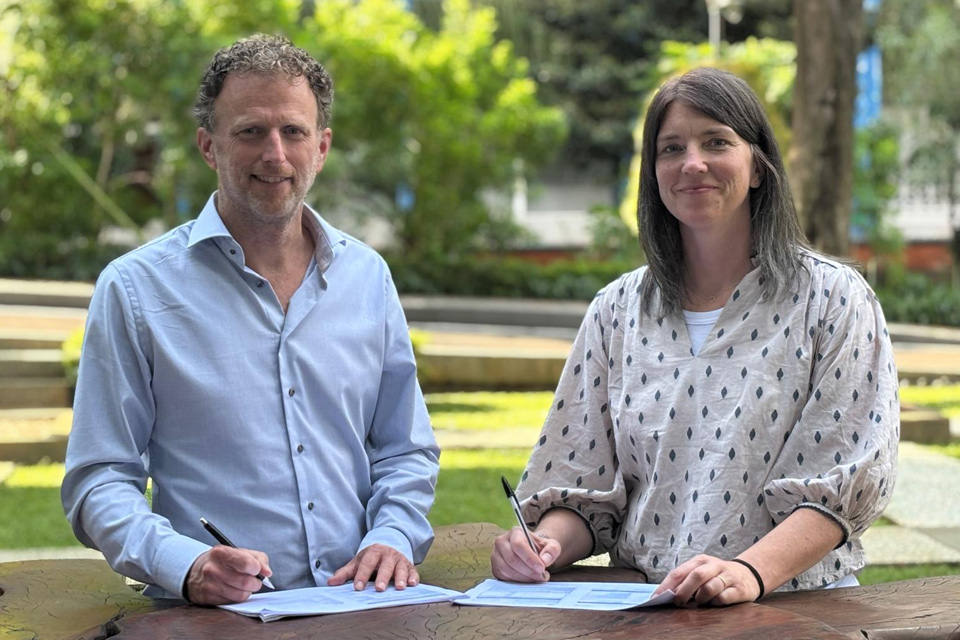
New collaboration aims to improve availability of real-time hazard impact data
19/06/2025
BGS has signed a memorandum of understanding with FloodTags to collaborate on the use of large language models to improve real-time monitoring of geological hazards and their impacts.

Modern pesticides found in UK rivers could pose risk to aquatic life
17/06/2025
New research shows that modern pesticides used in agriculture and veterinary medicines have been found for the first time in English rivers.

Goldilocks zones: ‘geological super regions’ set to drive annual £40 billion investment in jobs and economic growth
10/06/2025
Eight UK regions identified as ‘just right’ in terms of geological conditions to drive the country’s net zero energy ambitions.
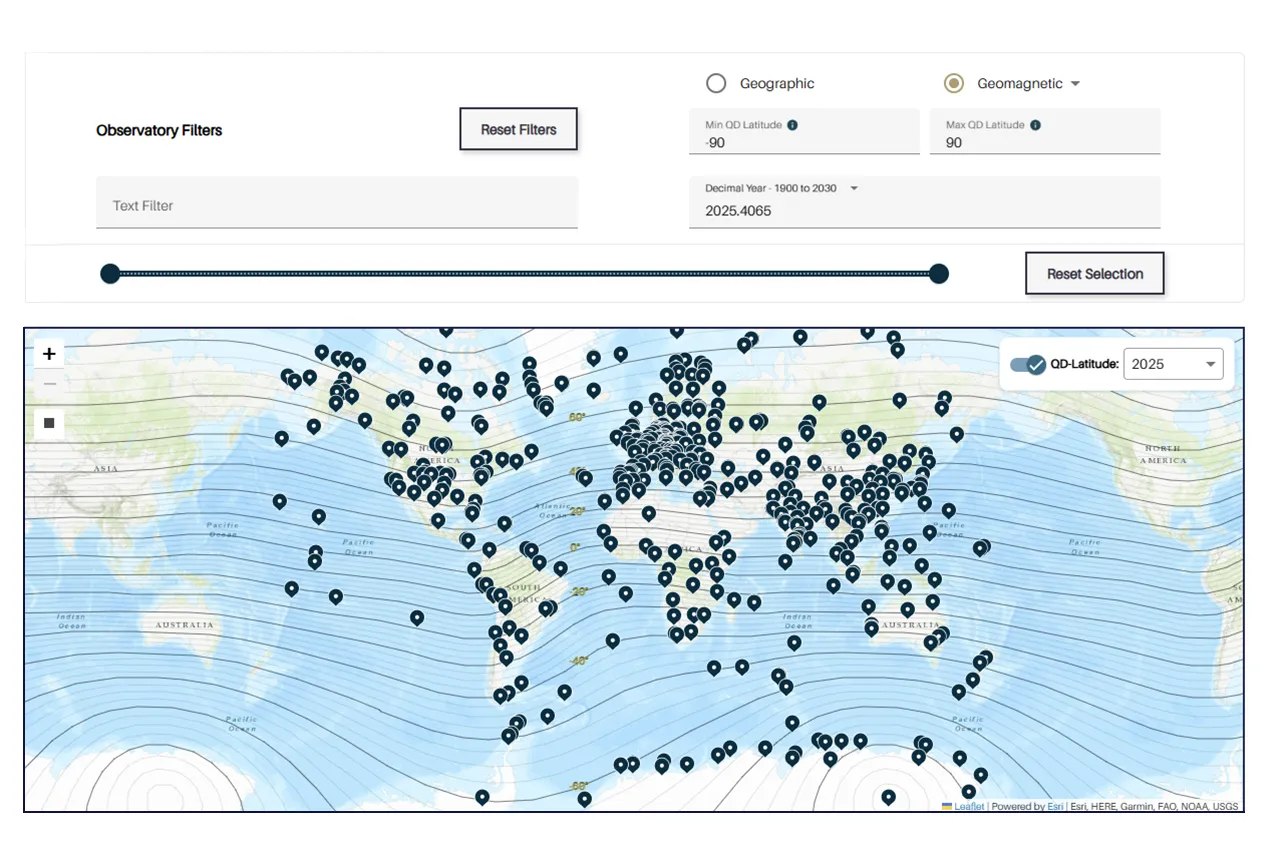
Upgraded web portal improves access to geomagnetism data
02/06/2025
BGS’s geomagnetism portal, which holds data for over 570 observatories across the world, has received a significant update.
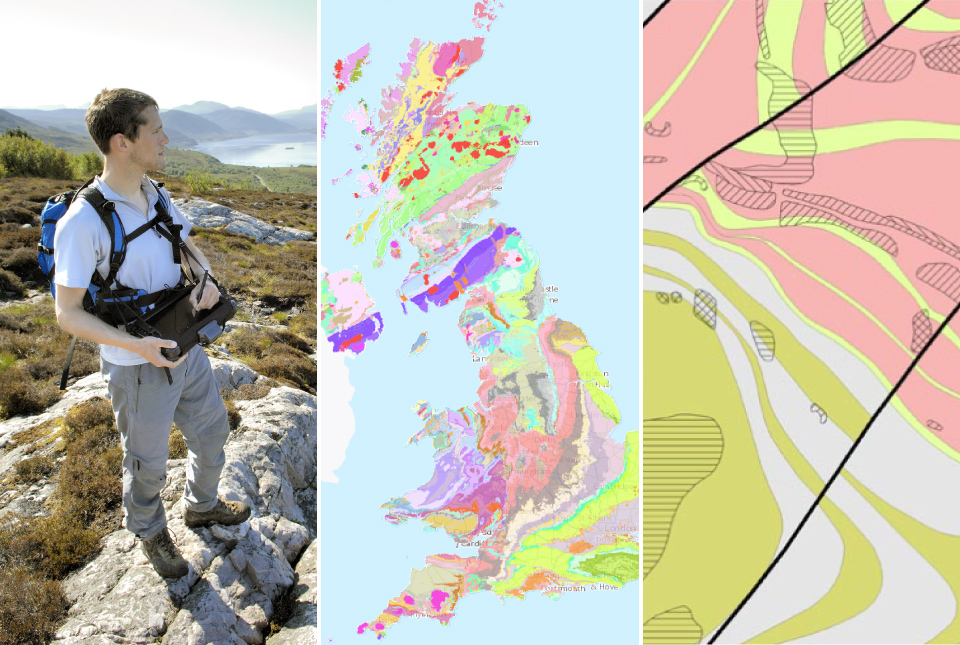
BGS digital geology maps: we want your feedback
29/05/2025
BGS is asking for user feedback on its digital geological map datasets to improve data content and delivery.

What is the impact of drought on temperate soils?
22/05/2025
A new BGS review pulls together key information on the impact of drought on temperate soils and the further research needed to fully understand it.
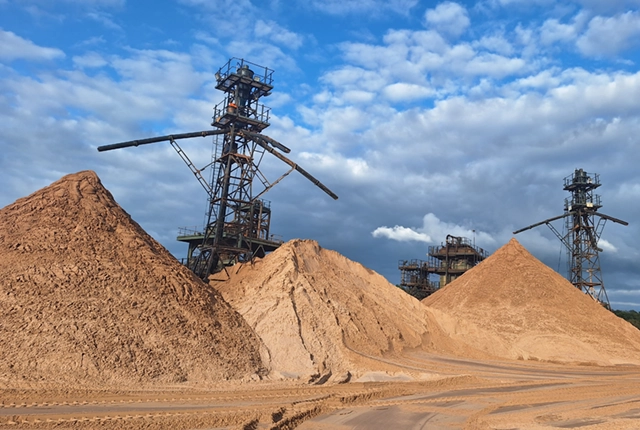
UK Minerals Yearbook 2024 released
21/05/2025
The annual publication provides essential information about the production, consumption and trade of UK minerals up to 2024.
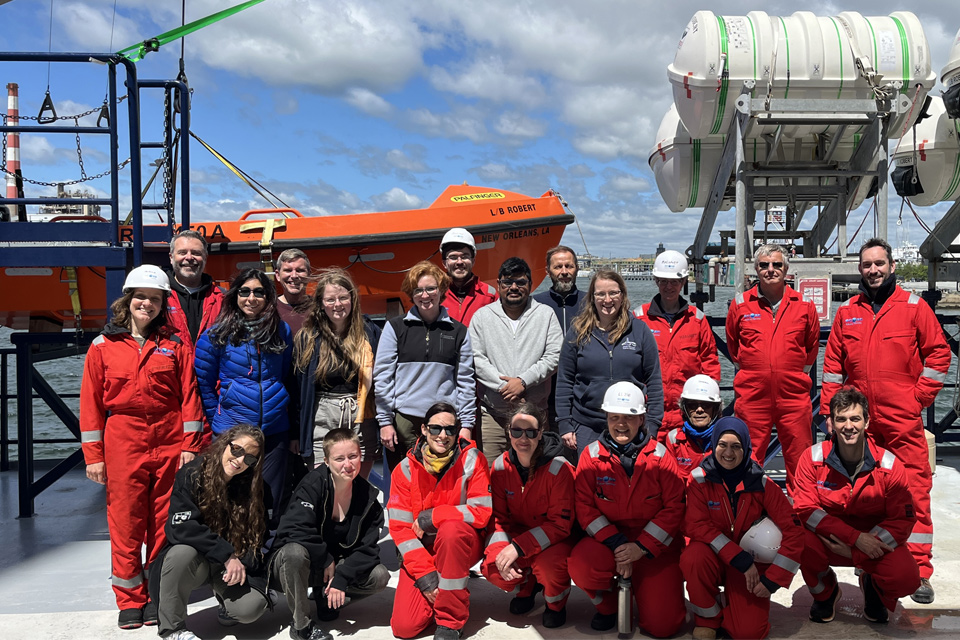
BGS scientists join international expedition off the coast of New England
20/05/2025
Latest IODP research project investigates freshened water under the ocean floor.

New interactive map viewer reveals growing capacity and rare earth element content of UK wind farms
16/05/2025
BGS’s new tool highlights the development of wind energy installations over time, along with their magnet and rare earth content.

UKRI announce new Chair of the BGS Board
01/05/2025
Prof Paul Monks CB will step into the role later this year.




